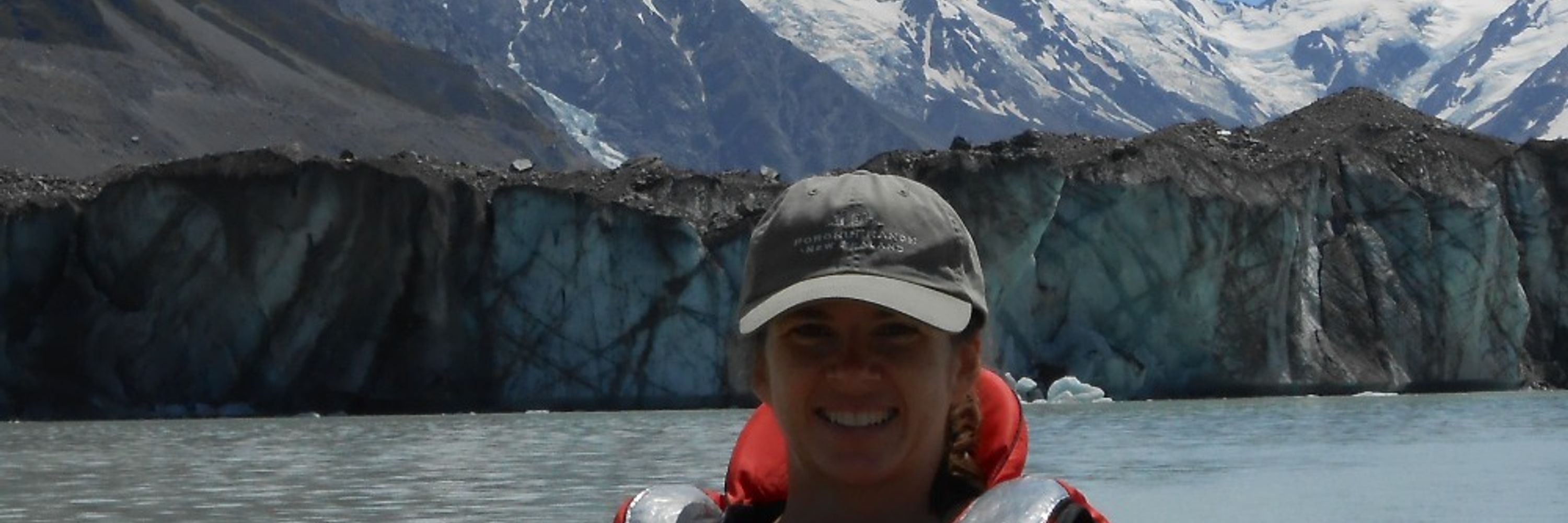
Delwyn
@delwynm.bsky.social
400 followers
390 following
1.9K posts
SF/F writer and LOTR lover. Likes a bit of sports, cool-as science and our weird NZ fauna. Koiwoi.
(she/her)
Posts
Media
Videos
Starter Packs
Delwyn
@delwynm.bsky.social
· 12h
Delwyn
@delwynm.bsky.social
· 14h
Delwyn
@delwynm.bsky.social
· 18h
Delwyn
@delwynm.bsky.social
· 19h









